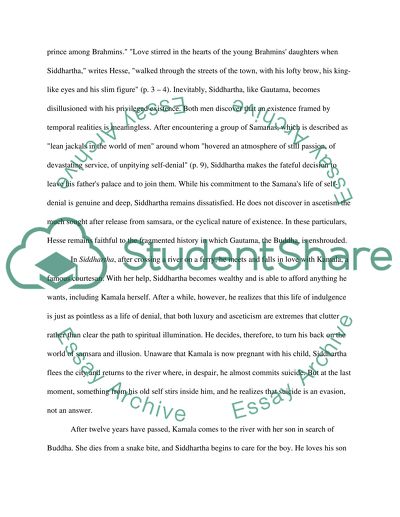Cite this document
(“A Soul Searcher's Handbook - Hesse's Siddhartha Essay”, n.d.)
A Soul Searcher's Handbook - Hesse's Siddhartha Essay. Retrieved from https://studentshare.org/literature/1510528-siddhartha-essay
A Soul Searcher's Handbook - Hesse's Siddhartha Essay. Retrieved from https://studentshare.org/literature/1510528-siddhartha-essay
(A Soul Searcher's Handbook - Hesse'S Siddhartha Essay)
A Soul Searcher's Handbook - Hesse'S Siddhartha Essay. https://studentshare.org/literature/1510528-siddhartha-essay.
A Soul Searcher's Handbook - Hesse'S Siddhartha Essay. https://studentshare.org/literature/1510528-siddhartha-essay.
“A Soul Searcher's Handbook - Hesse'S Siddhartha Essay”, n.d. https://studentshare.org/literature/1510528-siddhartha-essay.


